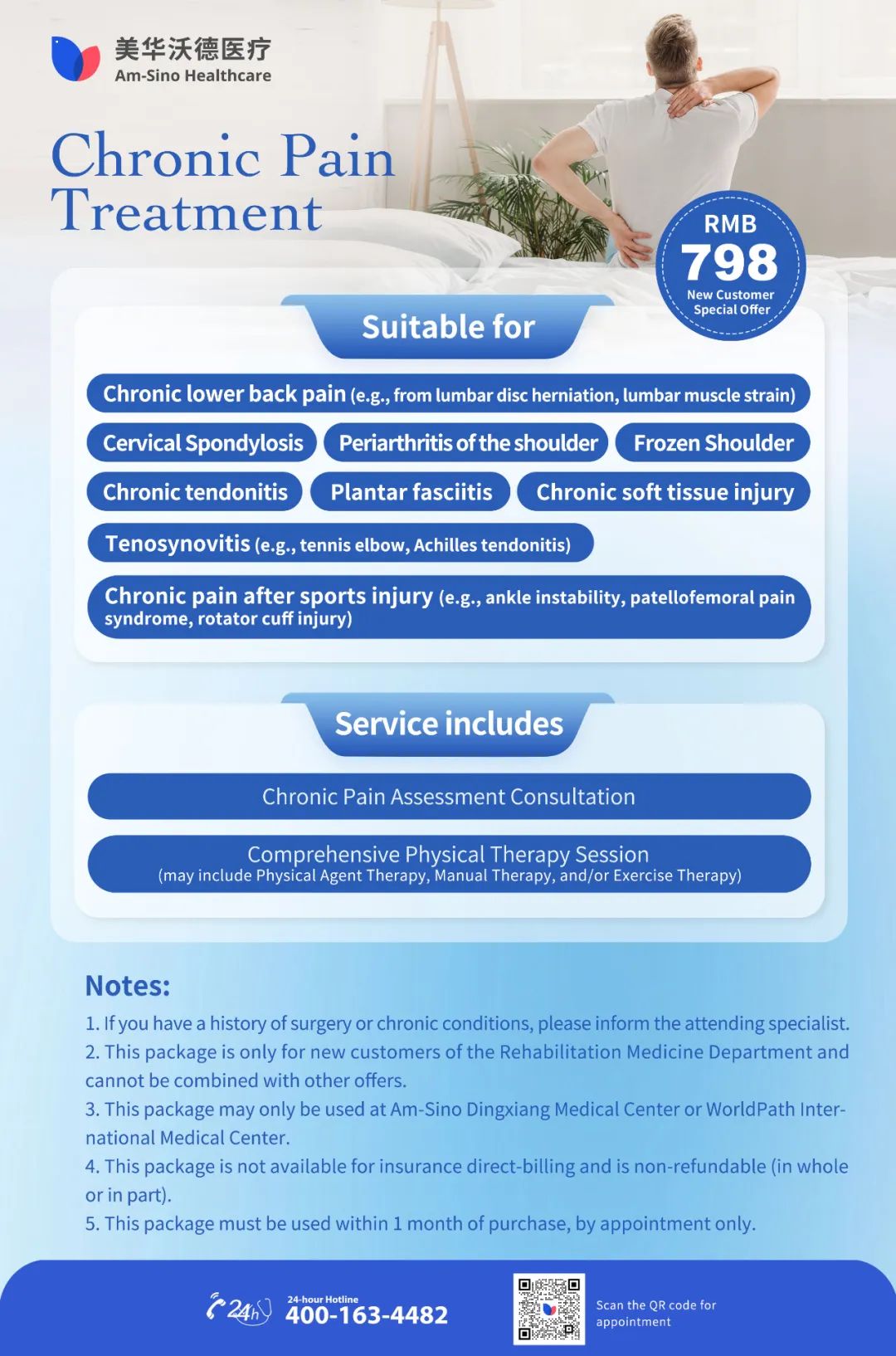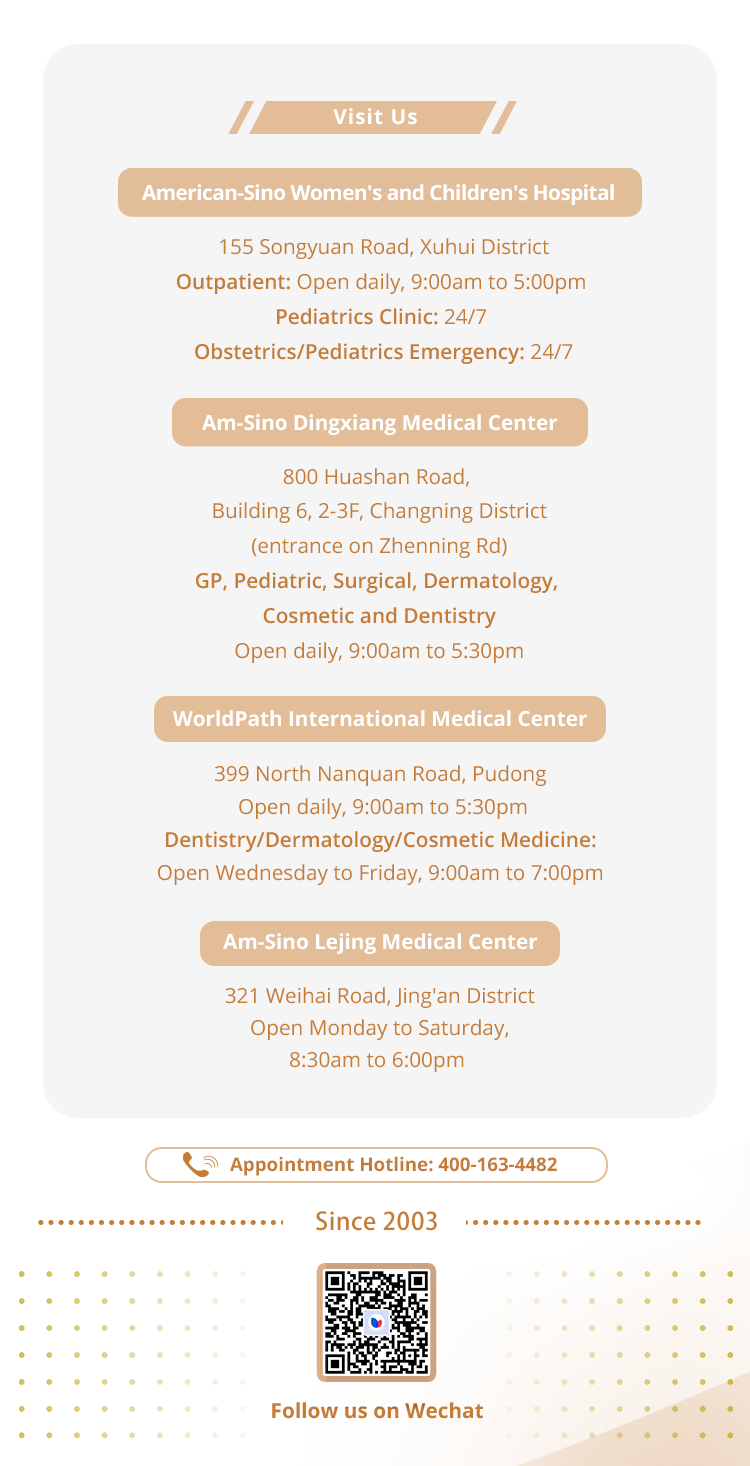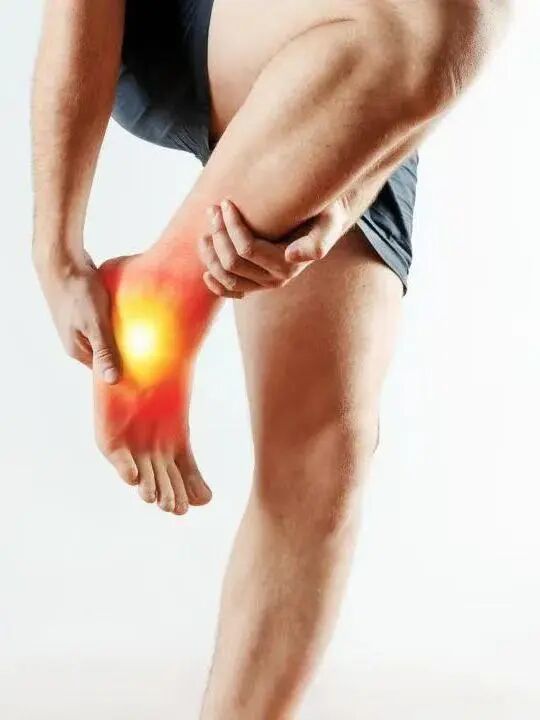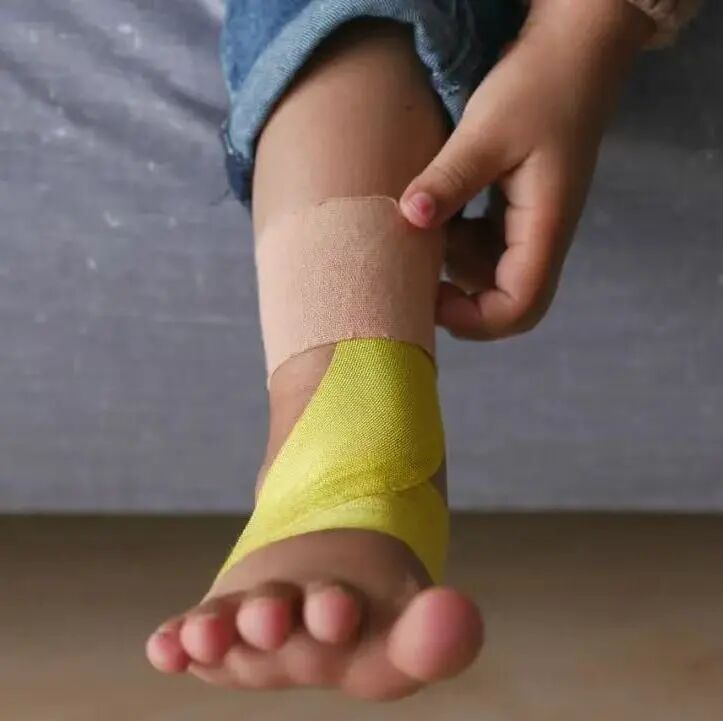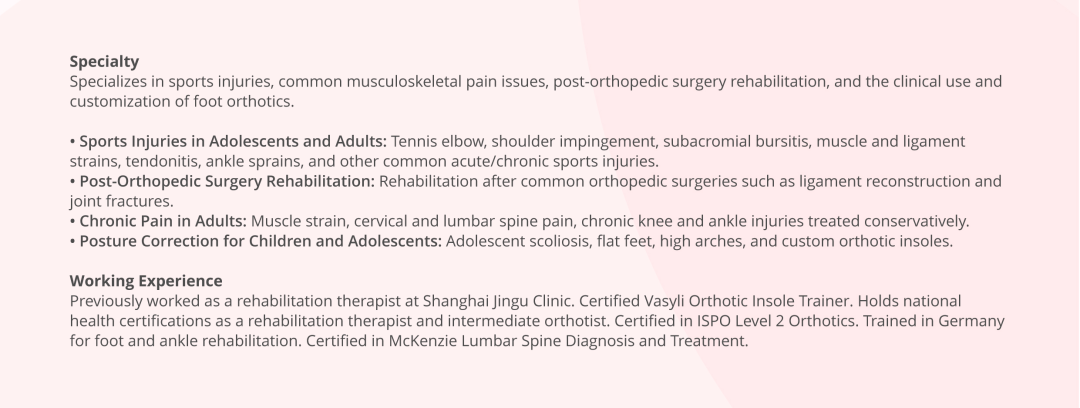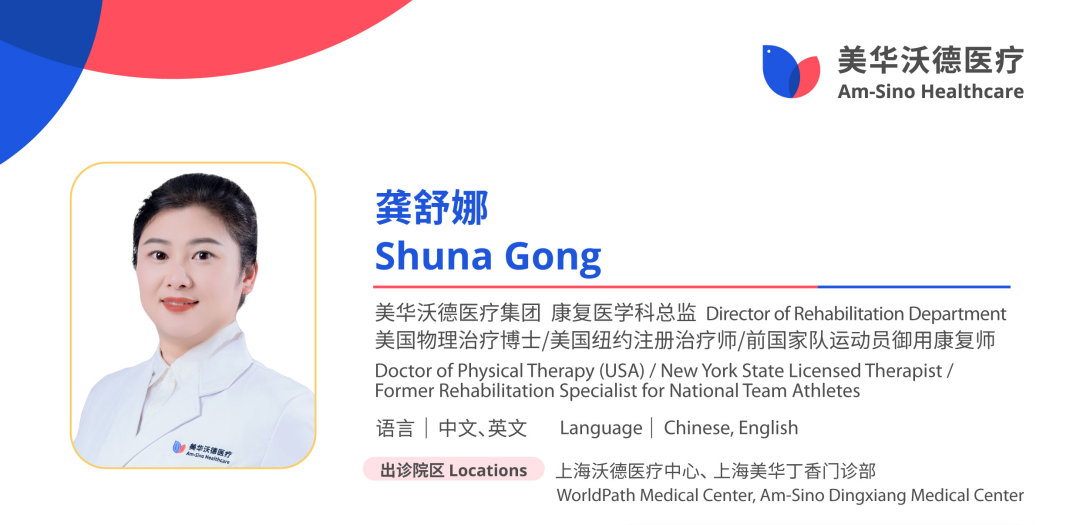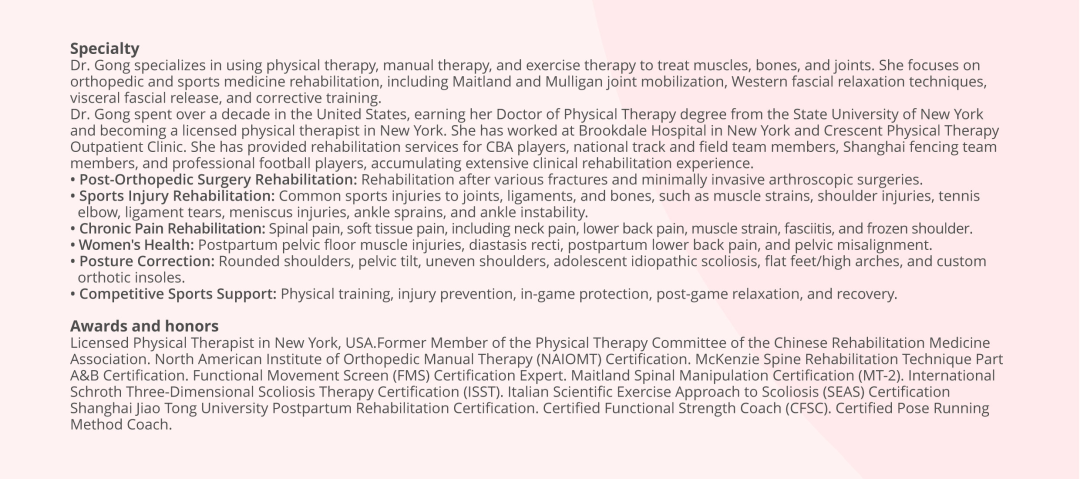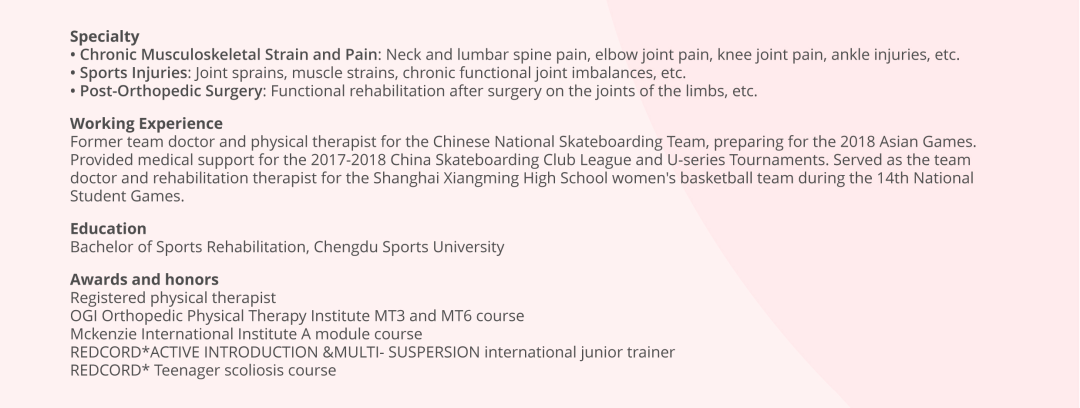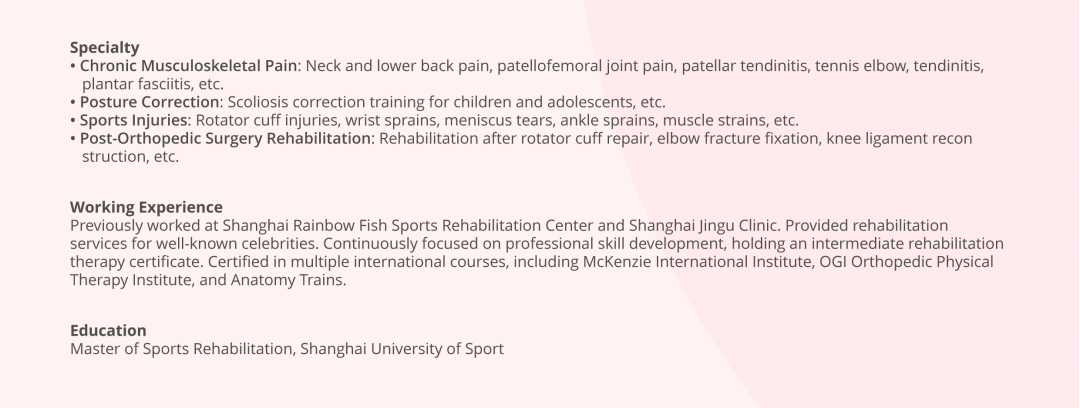The ankle plays a crucial role as the support structure for walking, standing, and moving. When there are functional issues with the ankle, it can lead to a variety of problems throughout the body. Have you or your child experienced any of the following issues?
Repeated injuries to the same area after an ankle sprain;
Pain around the ankle joint, including ligament pain, Achilles tendon pain, plantar fasciitis, posterior tibial tendonitis, bunions, bursitis;
Decreased athletic performance and increased fatigue;
Abnormal leg shape/line, known as ‘bow-legged’ or ‘knock-kneed’;
Requiring larger or wider shoes (without accompanying growth spurts)
These might seem isolated, but could indicate more complex issues in the body. Let's explore some commonly overlooked ankle abnormalities and their related conditions.
The Ankle: Your Body’s Foundation
To understand your foot’s characteristics better, it's important to recognize the different types of foot shapes. These classifications are based on how the foot looks and functions, which is vital for diagnosing issues, designing shoes, and managing athletic health. Here are some common foot shape classifications:
1. Classifications by Toe Length:
'Egyptian' Foot: The big toe is the longest, with the other toes getting shorter.
'Greek' Foot: The second toe is the longest, which can sometimes lead to stability issues and pain.
'Roman' Foot: The first three toes are similar in length, resembling a square shape.
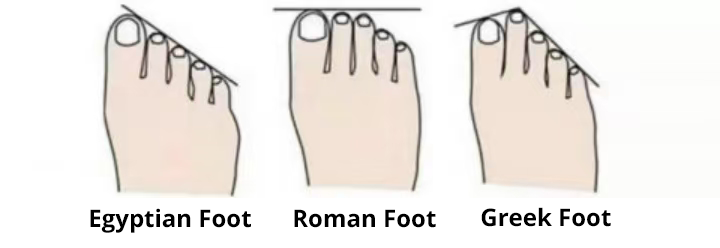
2. Classifications by Arch Height
Normal Arch (Neutral Foot): The arch is moderate, providing good cushioning and even pressure distribution while walking, with a low risk of injury.
Flat Foot: This can be functional (appears normal when not bearing weight but flattens under load) or structural (remains flat whether weight-bearing or not).
High Arch: The arch is unusually high, creating a small contact area with the ground, which can increase the risk of foot pain and ankle sprains.
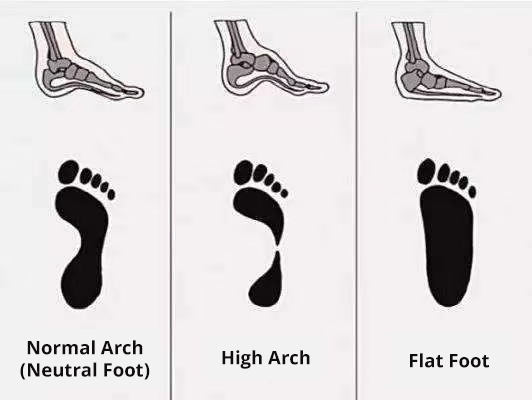
Pregnant women may experience a gradual lowering of the arch due to weight gain and relaxin secretion, resulting in permanent increases in foot size.
Different foot types can affect how weight is distributed and how you move, which is closely related to ankle pain. For instance, people with flat feet may be more prone to conditions like plantar fasciitis or tendonitis due to unstable arches. Similarly, those with high arches may face increased stress on their ankles, making them more vulnerable to injuries.
Foot shape issues can also affect overall leg alignment, potentially leading to a domino effect of leg distortions.
How to Address These Issues
Children Aged 5-7: This age is critical for developing healthy foot arches. Custom orthotic insoles can help stimulate proper arch development, improve ankle stability, and boost athletic performance.
People Aged 8 or Older: It’s important to implement a comprehensive plan that includes physical therapy, functional training, and custom orthotic insoles for a well-rounded approach to correction.
Choosing Shoes Based on Foot Type: If you have flat feet, look for supportive athletic shoes to enhance stability. Those with high arches should focus on shoes with excellent cushioning for better shock absorption and flexibility.
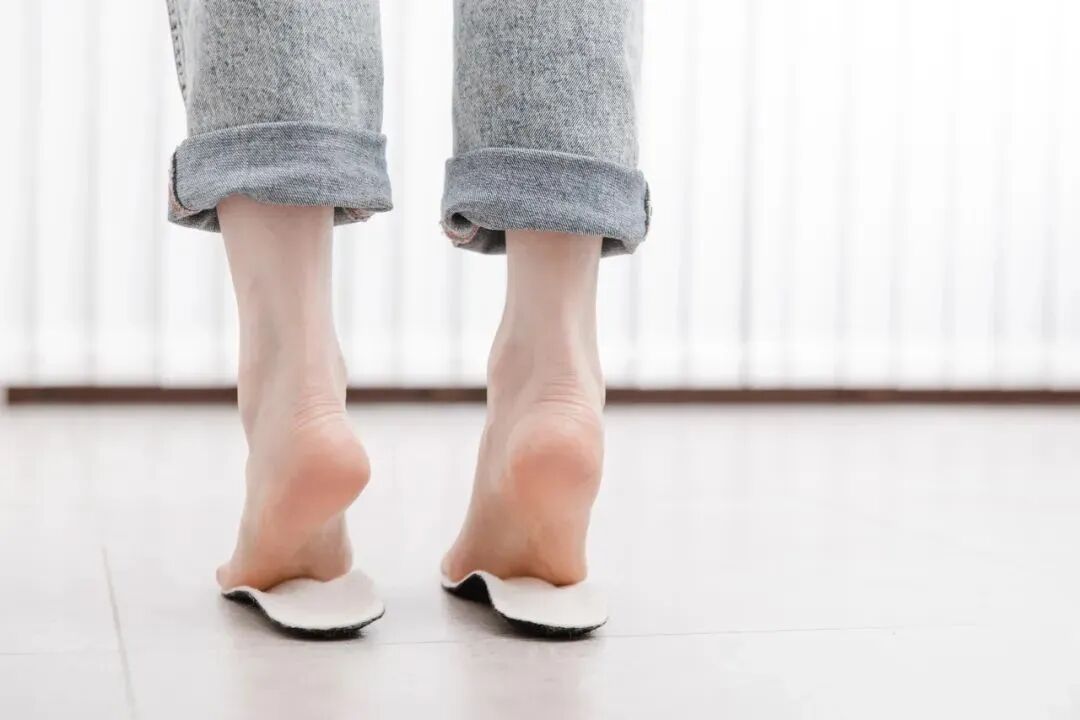
Prioritizing ankle health is essential not just for your feet but for protecting all your joints. Next time you experience knee pain or back discomfort, take a moment to examine your feet—they might be trying to send you an important health message.
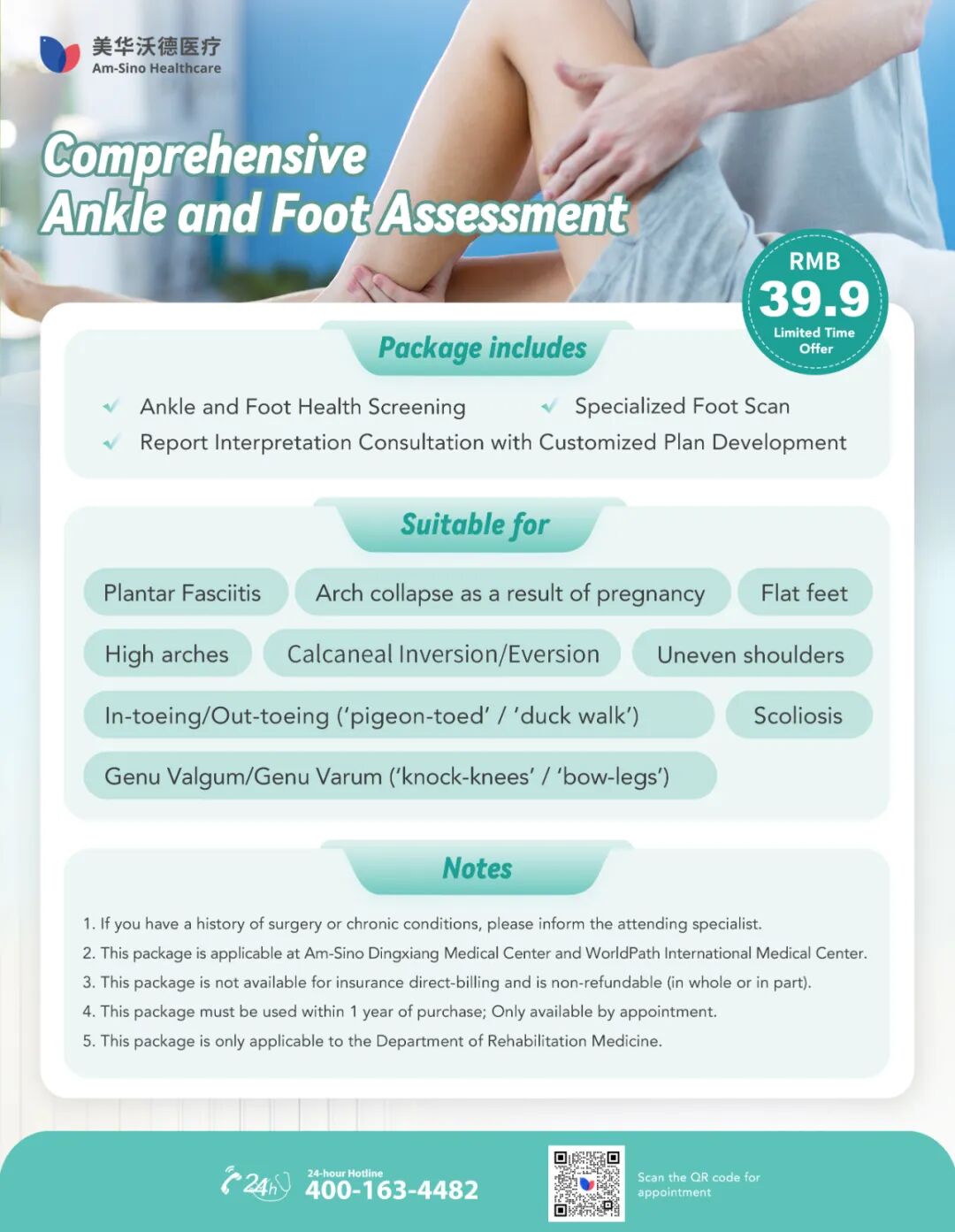
Am-Sino Sports Rehabilitation Team
At Am-Sino Healthcare, our sports rehabilitation team follows an international treatment philosophy based on the standards of the American Physical Therapy Association (APTA). Led by Dr. Gong Shuna, a rehabilitation specialist for national team athletes, we combine expertise in sports medicine and rehabilitation with evidence-based practices. We offer personalized performance enhancement plans, effective injury prevention strategies, treatment options, and tailored rehabilitation programs for every patient.

On-going Promotion
